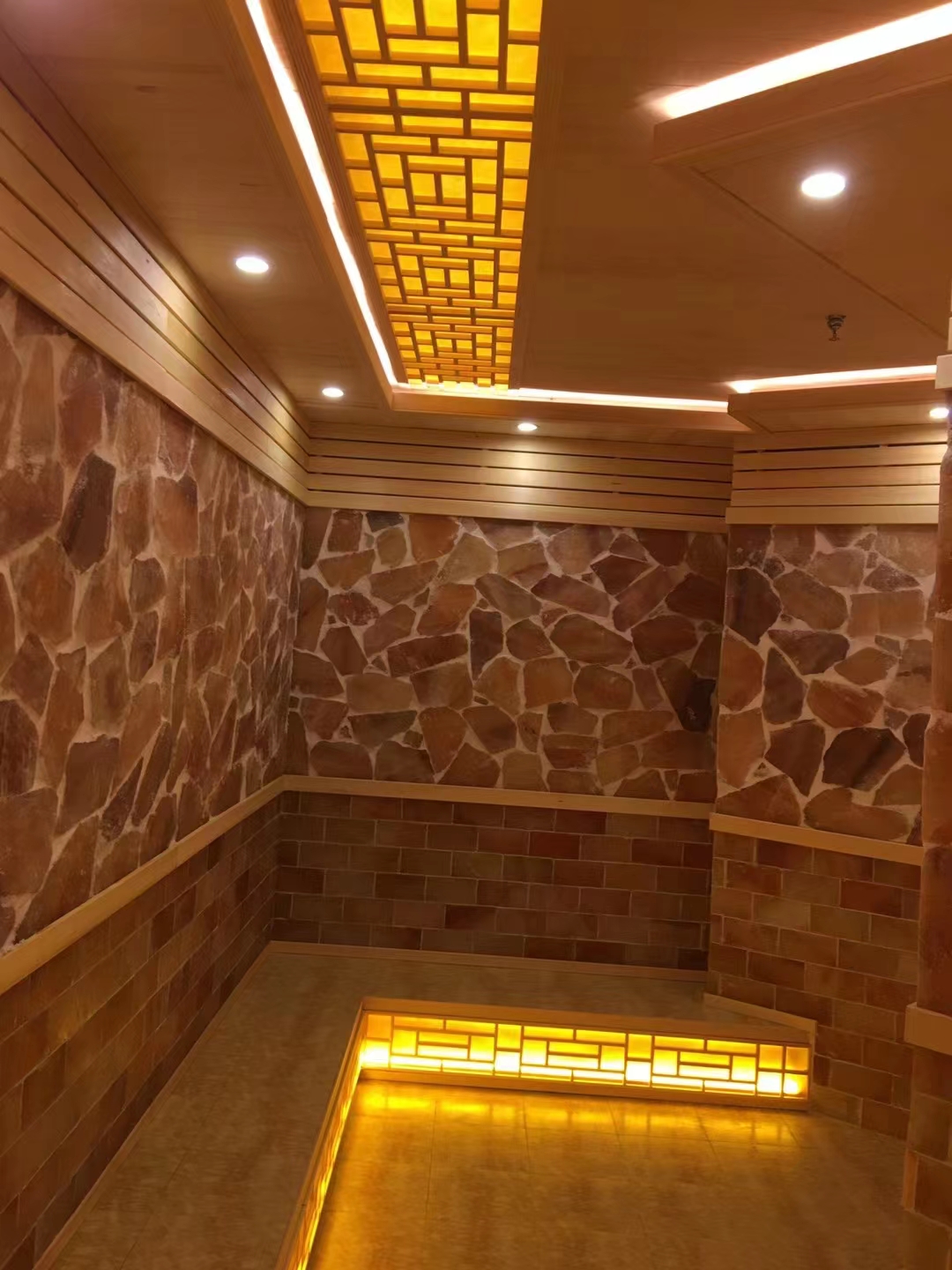
In the tropical paradise of Hawaii, where the balmy climate and beautiful landscapes beckon, outdoor saunas have become a popular addition to many backyards and relaxation spaces. However, when it comes to choosing the right insulation materials for these outdoor saunas, there are several important factors to consider that set them apart from those used in other regions.
Hawaii's climate is characterized by warm temperatures throughout the year, with high humidity levels. This means that insulation materials for outdoor saunas in Hawaii need to be able to handle these unique conditions. Unlike in colder climates where the main goal of insulation is to retain heat, in Hawaii, the focus is also on preventing excess heat from penetrating the sauna and maintaining a comfortable interior temperature range. Materials that have good thermal resistance but also allow for some breathability are crucial. For example, insulation materials that can resist the heat of the sun during the day and keep the sauna from becoming overly hot when not in use are essential.
With the high humidity in Hawaii, insulation materials must have excellent resistance to moisture. Moisture can cause a variety of problems, such as mold growth, which not only affects the appearance and smell of the sauna but can also have negative impacts on health. Traditional insulation materials like fiberglass may not be the best choice as they can absorb moisture over time. Instead, materials such as closed-cell spray foam insulation or rigid foam insulation boards with a waterproof coating are more suitable. These materials form a barrier against moisture, preventing it from infiltrating the sauna structure and ensuring the longevity of the insulation and the overall integrity of the sauna.
The outdoor saunas in Hawaii are exposed to various elements all year round, including strong sunlight, occasional rainstorms, and salt air near the coast. Therefore, the insulation materials need to be highly durable. Materials that can withstand UV radiation without degrading quickly are preferred. For instance, some types of synthetic insulation materials are designed to resist the effects of sunlight and maintain their insulating properties over time. Additionally, insulation materials that are resistant to corrosion from the salt in the air are necessary for saunas located near the ocean. This durability ensures that the insulation remains effective and does not need frequent replacement, saving both time and money in the long run.
In Hawaii, there is a growing awareness and emphasis on environmental conservation. When choosing insulation materials for outdoor saunas, it's important to consider their environmental impact. Materials that are made from sustainable resources or are recyclable are more favorable. For example, some natural fiber insulation materials like sheep's wool or recycled cotton can provide good insulation while being more environmentally friendly. These materials not only help reduce the carbon footprint but also align with the values of many homeowners and builders in Hawaii who are committed to protecting the natural beauty and resources of the islands.
The installation process of insulation materials in the context of Hawaii's outdoor saunas also has its own requirements. Due to the warm climate, it's important that the installation can be done efficiently without causing excessive heat buildup during the process. Additionally, the insulation materials should be easy to maintain. For example, if there is any need for repair or replacement due to damage or wear over time, it should be relatively straightforward. Materials that are modular or come in easy-to-handle forms can simplify the installation and maintenance tasks. This is especially important in a location where labor costs and access to specialized building materials may vary, and ease of installation and maintenance can contribute to the overall cost-effectiveness and usability of the outdoor sauna.

